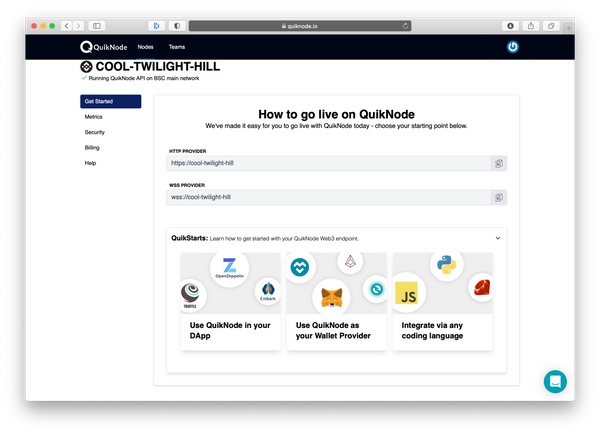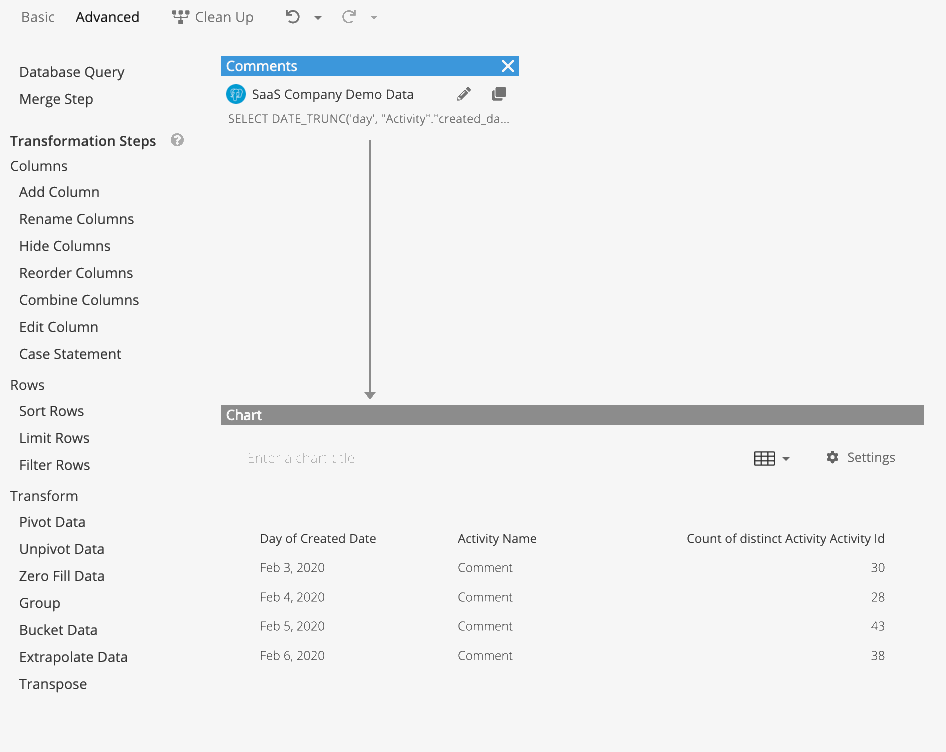

Now, let’s dive into which validator options are friendliest for at-home stakers. When setting up your Ethereum validator, it is strongly recommended to use minority clients like Teku and Besu to make Ethereum as resilient as possible, as doing so will maximize Ethereum’s decentralization.

The risks mentioned above apply to both consensus clients and execution clients equally.” That's why <33% marketshare is the goal for all clients.Įxecution clients are not immune. With no client having a marketshare over 33%, these scenarios are avoided. So why is >50% marketshare still dangerous? If a minority client forks, the 50%+ majority client can obtain a 66%+ majority. If 66% of the chain gets slashed simultaneously, the penalty is the whole 32 ETH. Once the fork finalizes, the validators cannot return to the real chain without being slashed. If a client with 66%+ of marketshare has a bug and forks to its own chain, it'll be capable of finalizing. It takes 2/3rds of validators to reach finality. If a single client is used by 2/3rds (66%) of validators there's a very real risk this can result in disrupting the chain and monetary loss for node operators. Post-Merge, Ethereum validators must simultaneously run two kinds of clients: an execution client, which handles the Ethereum Virtual Machine (EVM), and a consensus client, which facilitates PoS consensus.Īs you can see from the image above, Ethereum validators have a variety of execution and consensus client combos to choose from, and it’s important that no single client or client combo becomes too popular as has explained: “ Many know client diversity is important for a more resilient network, but they don't understand why or just how essential it is. That, in a nutshell, explains why running a diversity of clients is important. When the majority of nodes run on the same client, attacks can destabilize a blockchain network.
#Quick node guide how to#
Upon this shift, the great promise is that Ethereum can become even further decentralized by welcoming more people into this consensus process via staking, since running large physical mining operations for PoW is really only feasible for those who have access to, and the know-how to command, considerable physical resources.Īccordingly, this guide will show you how to participate in ETH staking as a regular Ethereum user, starting with plug-and-play node solutions out of the gate.īut first, let’s begin with a quick word on the importance of client diversity!Ĭlient software determine the behavior of how a node runs. Instead of having to run major physical mining operations to win PoW blocks, now the Ethereum network is simply secured by people who stake ETH holdings within Etherum itself and swear against their collateral to support and not cheat the network.

This means Ethereum’s consensus process has been virtualized and moved into the hands of ETH holders. Last week, Ethereum completed its shift from Proof-of-Work (PoW) mining to PoS staking. I strongly encourage every participant to stake in the most decentralized way they can, even if it means learning new skills to achieve this.” - Superphiz, April 2022 We want YOU to become an ETH validator “ Centralized providers provide a service that may degrade the overall decentralization of the network and cause your deposits to be less valuable over time. ROI: 4.79% APR in ETH rewards for DIY validating.This Bankless tactic will show you how to secure Ethereum and earn ETH by operating your own Ethereum Proof-of-Stake (PoS) validator system. If you’re a supporter of Ethereum, one of the most important things you can do right now is to run an Ethereum validator. Here’s how anyone can become an ETH validator. Interested in getting started and earning some rewards?

Plug & play solutions ( dAppNode & Avado).While liquid staking protocols offer a more accessible solution for those that don’t meet the 32 ETH threshold, running your own validator helps preserve the decentralization & censorship-resistance of the network. You don’t need to spend thousands ( or millions) of dollars on hardware and energy costs, all you need is a laptop and some ETH. The Merge drastically lowered the barriers to entry for the average person to get involved in securing Ethereum.


 0 kommentar(er)
0 kommentar(er)
